
Meet One Of Nature's Smallest And Evolutionary Marvel, The Stunning Bee Hummingbird
They are truly breathtaking and you'll certainly take a second look
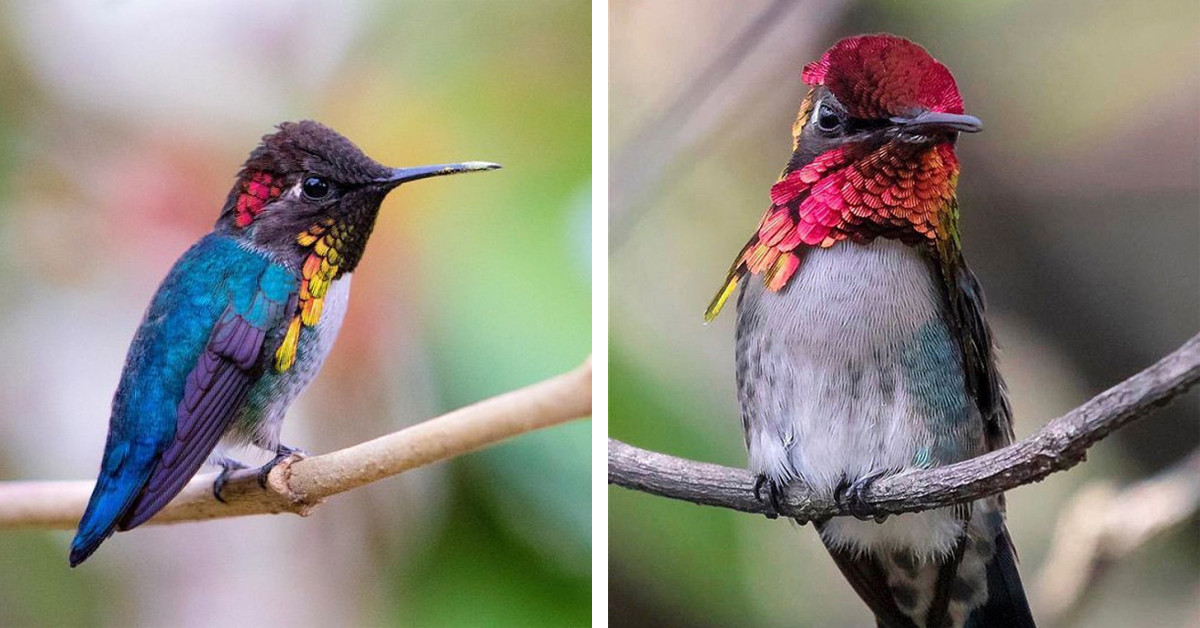
Would you like to see the tiniest bird in the world? You will need to travel to Cuba.
Your best chance of finding the tiny wonder on the island is to go to a woodland edge that is heavily covered in bromeliads and vines. You can see the bee hummingbird hovering at the blooms there if you squint hard enough.
The bee hummingbird's small wings beat 80 times per second while it is in flight. Additionally, they can beat up to 200 times per second during courtship flights!
They are bee hummingbirds, which can be found in Alaska throughout the summer along the West Coast of the United States. The bee hummingbird inhabits Cuba, is a little bit smaller, and lacks rufous coloring.
One of nature's tiniest creatures, this fragile bird is a wonderful marvel of evolution. It is even smaller than a bee, at 5–6 cm in length and less than 2g in weight.
Like all hummingbirds, they have stunning iridescent plumage that sets them apart from bees. They look like flying diamonds when they fly.
Don't miss the opportunity to see them if you have the chance; they are stunning. Males have green bodies and vivid red necks as the estrus season begins in March.
Females have a blue body with a black neck and underbelly.
This delicate bird is one of nature’s smallest and a true evolutionary marvel
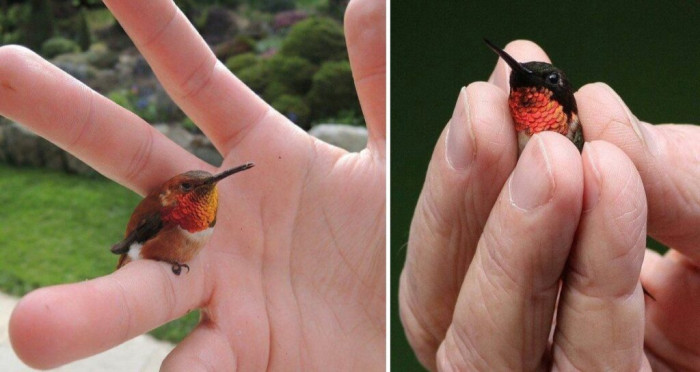
Their beautiful iridescent plumage, like that of all hummingbirds, distinguishes them from bees
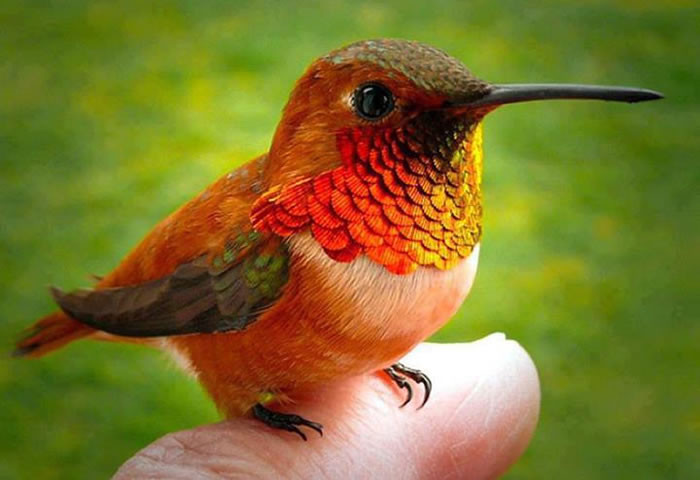
Males have a striking pink or crimson glow from the top of their heads to their throats, and they sing and perform in the air all around to entice females. They lay eggs that are about an inch long and the size of a coffee bean.
Males have a green bodies with bright red necks while females are blue with a black underbelly and a black neck
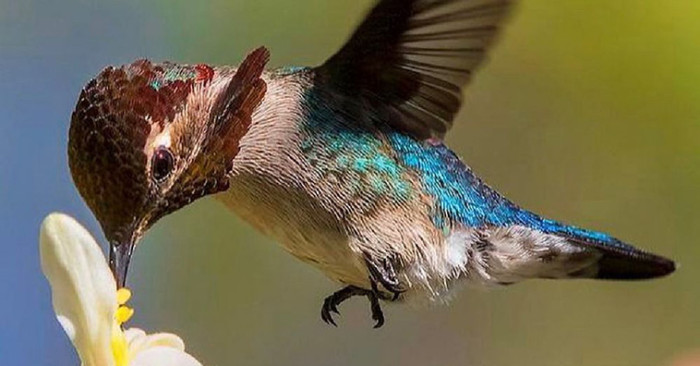
The mother bird won't let the father get close to the eggs, though, because of the vivid plumage, which predators will see. Like other hummingbirds, bee hummingbirds primarily eat nectar, but they occasionally eat insects and spiders as well.
All-around singing and aerial performances are all intended to attract their female counterpart
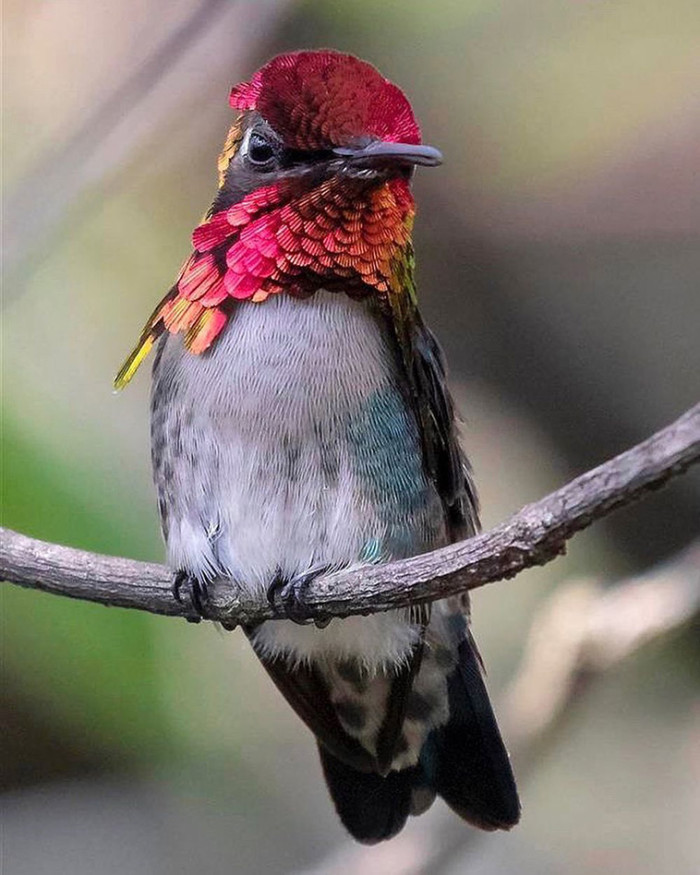
Due to the brilliant plumage, the mother bird will not allow the father to approach the eggs
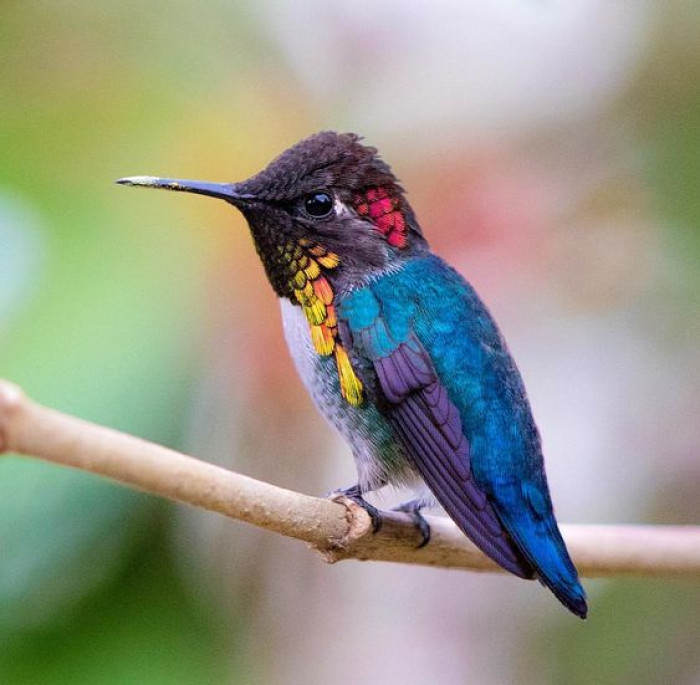
According to estimates, hummingbirds visit 1,500 flowers every day, which benefits the ecosystem by encouraging plant reproduction. They remain in their native Cuba, though, and are satisfied with subtropical conditions.
The bee hummingbird is currently listed as near threatened, which means its population is declining
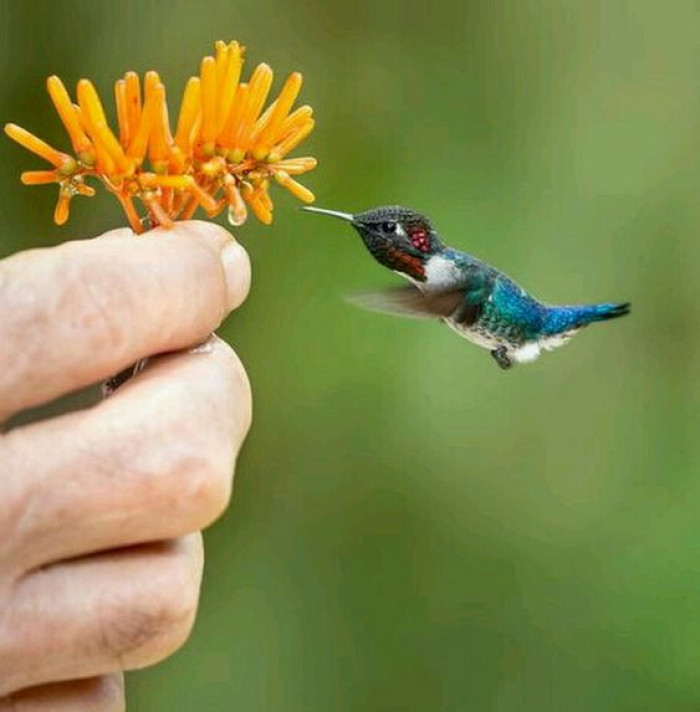
They do not migrate from their native Cuba and are content with subtropical temperatures
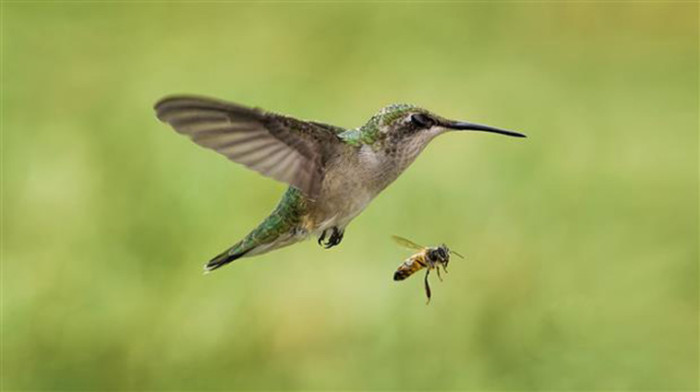
The bee hummingbird population is decreasing since it is currently classified as being close to extinction. Let's work together to save the ecosystem for these great species, as it is a disgrace for this lovely bird to no longer be in existence.
Drop your thoughts about this bird in the comments section below and share this article with your loved ones as well.
Maryjane







